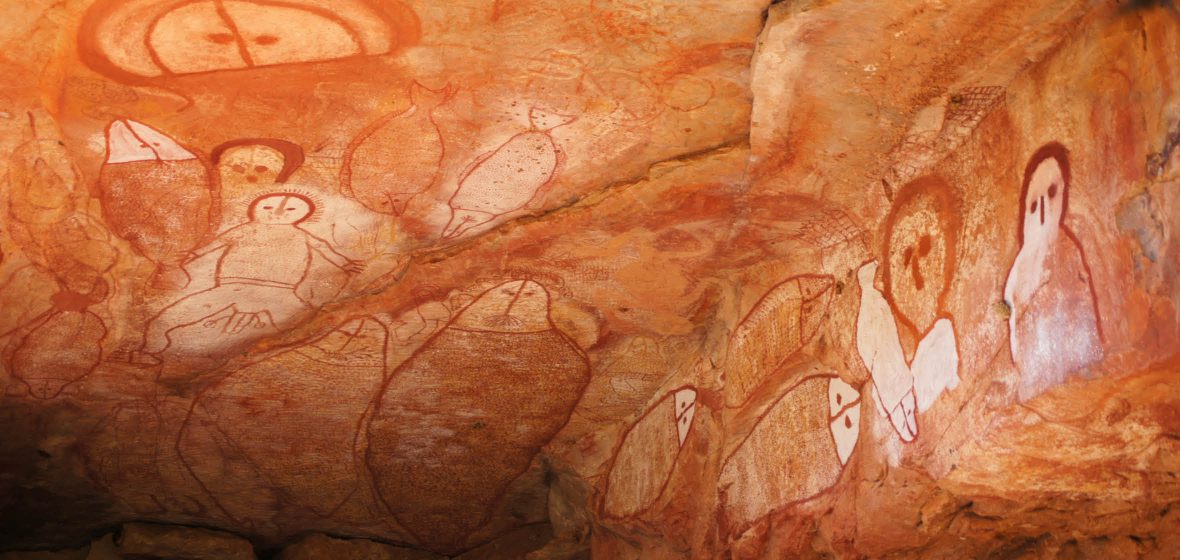Snapshot
- Members of the Stolen Generations have faced a number of barriers when attempting compensation claims through the courts.
- In 2014, a scheme was agreed upon in NSW whereby some claims would be dealt with in an informal manner with minimum legal formalities by way of an Informal Settlement Conference process. To date, more than 150 claims have been finalised successfully through this process.
- In December, the NSW government also announced a $73.8 million package offering up to $75,000 for each claimant ‘without the need for a lengthy and arduous legal process’. The programme is expected to commence by 1 July 2017.
It is now acknowledged as a historical fact that from about 1883 up to the 1970s Aboriginal children were systematically removed from their natural parents under various guises. The underlying policy was to eliminate the Aboriginal race and force Aboriginal people to gradually assimilate into the mainstream Anglo/European society and culture.
The Aborigines Protection Act 1909-69 (NSW) (‘APA’) and the Child Welfare Act 1939 (NSW) gave effect to this objective and facilitated the process. The APA established the Board for the Protection of Aborigines (‘the Board’), vested with the power to remove children ‘legally’. The Aborigines Welfare Board took over the task in 1940.
The Board had wide powers, which its officers used freely. Under the 1915 amendments to the APA the Board could assume ‘full control and custody’ of the child of any Aboriginal if it was satisfied that this was in the ’interest of the moral or physical welfare’ of the child to do so. Under later amendments a child could be deemed to be ‘a neglected child’ and made a ward of the state on the basis of the Board’s determination that the parents were unfit to raise the child or that the child was under improper guardianship. Although some actions of the Board were supported by court orders, the factual basis of some of those decisions would not stand scrutiny today, morally or legally.
It has been estimated that 10 to 33 per cent of the Aboriginal children were removed from their families between 1910 and 1970 (see the Bringing Them Home Report – the Report of the National Inquiry into the Separation of Aboriginal and Torres Strait Islander Children from Their Families). Apart from the legality of the removal of the children from their parents, their subsequent treatment as wards of the state, often in institutions run by the state, was cruel and demeaning. Their treatment was calculated to reinforce the policy of assimilation.
The evidentiary statements of a large number of the claimants who participated in the recent informal settlement process (discussed opposite), detailed examples of some of the extreme punishments that were dished out to the children, such as: being thrown in the pool during winter months for bed wetting, being chained to a fig tree, routine canings, and girls being locked in a windowless dark room.
Many children were told that they were going on a train trip, or on a holiday. Brothers and sisters were sent in opposite directions on different trains. Some never saw each other for the next 40 years and some never saw their parents again. When the children were first brought in to the homes, they would be asked not to ever speak an Aboriginal dialect, not to associate with Aboriginal people outside the homes, and in the case of boys were given a number instead of the name given by the parents and which number was the only way they were referred to in the home. Some were told their parents did not want them or that they were dead when this was not the case. Girls were trained to be domestic servants and the boys farm workers and even those showing academic capacity were not encouraged to pursue education.
These children in all cases suffered emotional and physical abuse, and in some cases sexual abuse (at the hands of older inmates, staff members and foster carers), which scarred their entire lives. The survivors still experience the negative impact as they approach old age. There is some evidence that the traumatic experiences are even having inter-generational effects (see further in the Bringing Them Home Report)




